This post is also available in: Español (Spanish) Kreyòl (Haitian Creole)
The 90th anniversary of the W.K. Kellogg Foundation has coincided with a time of great crisis. The pandemic caused by the coronavirus (COVID-19) has led to Black, Brown and Indigenous people suffering and dying in greater numbers. Every screen has been witness to the murders of Black men and women and the brutal contempt for human life. And the resulting fury – locally, nationally and internationally – expresses the world’s collective grief and calls for action.
The timing is not lost on us. So rather than celebrating an anniversary, we are marking this milestone even more committed to the wishes of our founder, W.K. Kellogg. He established the Kellogg Foundation so that his wealth would “help children everywhere to face the future more confidently.” In 2020, our legacy has never been more relevant or more urgent.
A Commitment Born in Crisis
A national publication once described the Kellogg Foundation as “a shirt-sleeve Midwestern fund working effectively on a range of problems overlooked by most foundations.” From our founding in 1930 through to today, this remains an apt description.
On June 21, 1930, three Michigan men signed the articles of association for the W.K. Kellogg Foundation and solidified a vision for a philanthropic organization with a new approach. They set their sights on – and set down on paper – a vision for “administering funds for the health, education, and welfare of mankind, but principally of children and youth, without discrimination as to race, creed or geographical distribution.”
The papers were signed nearly seven months to the day after the stock market crashed, which had propelled the United States into the Great Depression. Four million people were looking for work. Bread lines formed and people went hungry while farmers couldn’t afford to harvest crops. In hard times, it seemed, children often suffered most. Their lives and futures seemed stunted by forces outside of their control.
Founder W.K. Kellogg, and his early trustees, knew that the health, happiness and well-being of children – what we refer to today as the ability of children to thrive – was entirely up to the adults around them. Physicians, teachers, farmers, parents, business-owners and policymakers all shaped the conditions and context surrounding children.
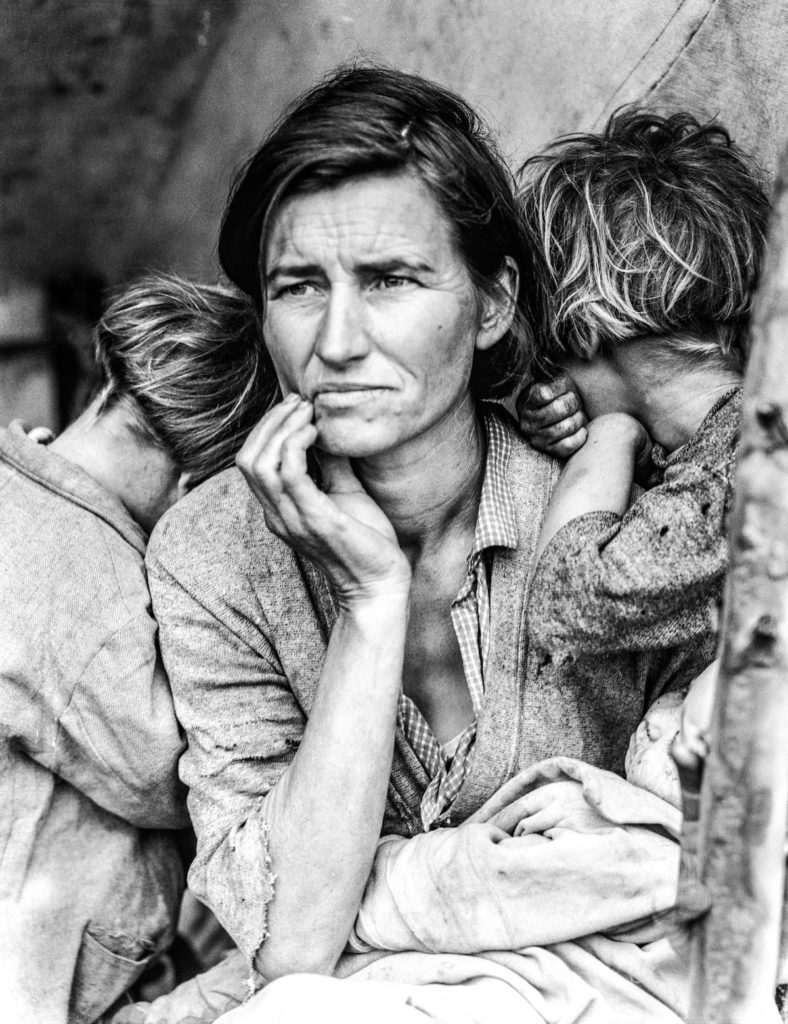
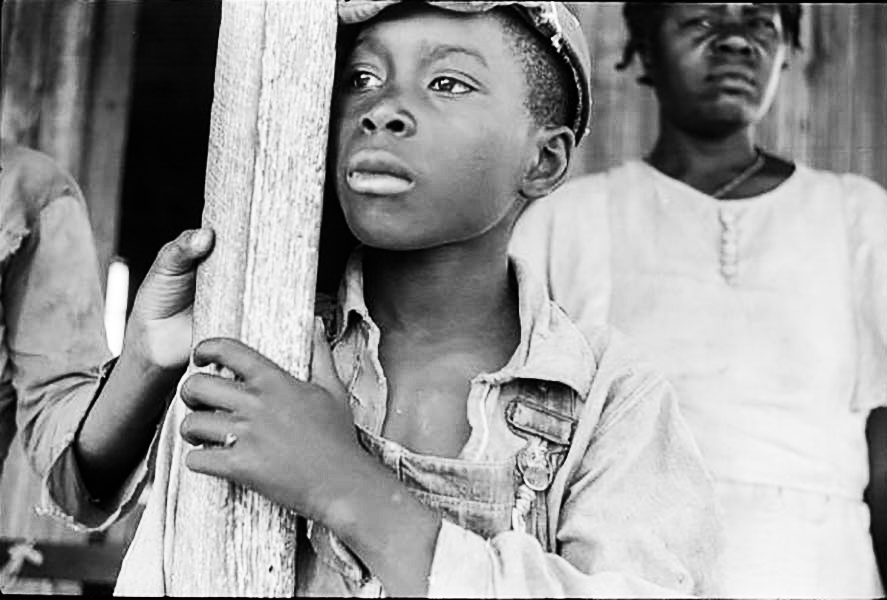
So, they decided the best approach for this new foundation was to help people help themselves. They decided to invest in community-driven solutions, while also equipping adults with the information and resources needed to enact their practical solutions.
As W.K. Kellogg wrote, “The greatest good for the greatest number can come only through the education of the child, the parent, the teacher, the family physician, and the community in general. Education offers the greatest opportunity for really improving one generation over another.”
An accidental millionaire, inspired for a lifetime
By the time the articles of association were signed, W.K. Kellogg had already made a name for himself. In fact every child in America at the time knew his signature from the cereal boxes their mothers placed on the breakfast table. It was through these families that Mr. Kellogg had become a millionaire, almost overnight, and to whom he felt indebted. He pledged to be “a faithful steward” and dedicated his fortune so that children would thrive.
Despite the timeliness – establishing a philanthropy during economic collapse – Mr. Kellogg’s desire to see improvement in children’s lives began during his own childhood of the 1860s and matured as his career and business grew.
By 1930, Mr. Kellogg was a businessman whose methods caught the attention of President Herbert Hoover. When joblessness was up to 30% across the United States, Mr. Kellogg added shifts and hired more men to work in his Battle Creek, Michigan factory. President Hoover took note and invited Mr. Kellogg to the White House Conference on Child Health and Protection, held in April 1930.
A Children’s Charter was produced by the delegation. Early foundation trustees cited this document as a primary inspiration for their strategies. Among the charter’s nineteen points:
“For every child full preparation for his birth, his mother receiving prenatal, natal and postnatal care and the establishment of such protective measures as will make child-bearing safer…
“For every child a community which recognizes and plans for his needs…
“For every child an education which, through discovery and development of his individual abilities, prepares him for life…
“For every child the right to grow up in a family with an adequate standard of living and the security of a stable income…
The Children’s Charter ended with a call for the development of public health organizations at the local and county levels, which became an early focus for the W.K. Kellogg Foundation and part of its enduring legacy. Today many of the Charter’s convictions are echoed in our three priorities: thriving children, working families, equitable communities.
90 years of investment
Before moving to action, the foundation’s early trustees intensively studied and analyzed. They looked at what other foundations were doing, which children were most underserved and the proper relationship between a funder and a community. As a result, they came to a couple of conclusions.
First, they recognized that many foundations were funding excellent research in health, education and well-being. But, doctors, educators, parents and other adults in the average community were unaware of this research or uncertain about how to apply it. So, the trustees’ first strategic decision was to focus efforts on programs that applied existing knowledge.
Second, many foundations were funding initiatives in urban centers. But, the rural child was largely left out. They opted to focus on the most vulnerable children at that time.
Finally, concerning the relationship with those they would serve, the early trustees determined the Kellogg Foundation would not enter communities with preconceived notions about society’s needs; rather it would convene community leaders to forge solutions together. Leaders included both the likely players (policymakers, city councils and county government) as well as unacknowledged leaders – farmers, parents and teachers.
These approaches – the application of knowledge, concentration of funding to support the most vulnerable populations of children, the development of uncommon leadership and the support of community-driven solutions – continue to be at the core of Kellogg Foundation’s strategies today. That’s why we say – racial equity, community engagement and leadership – are in our DNA.

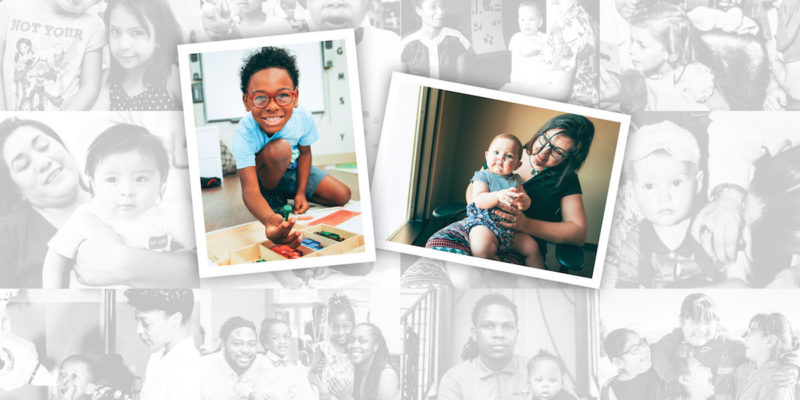

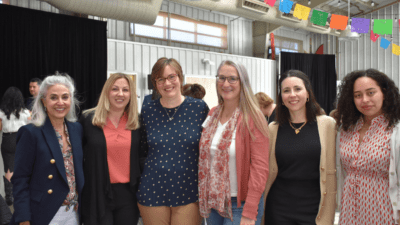

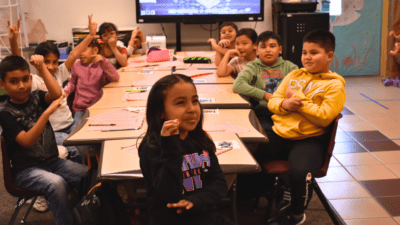
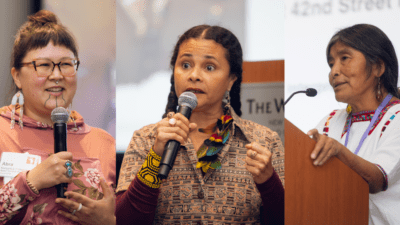

Comments